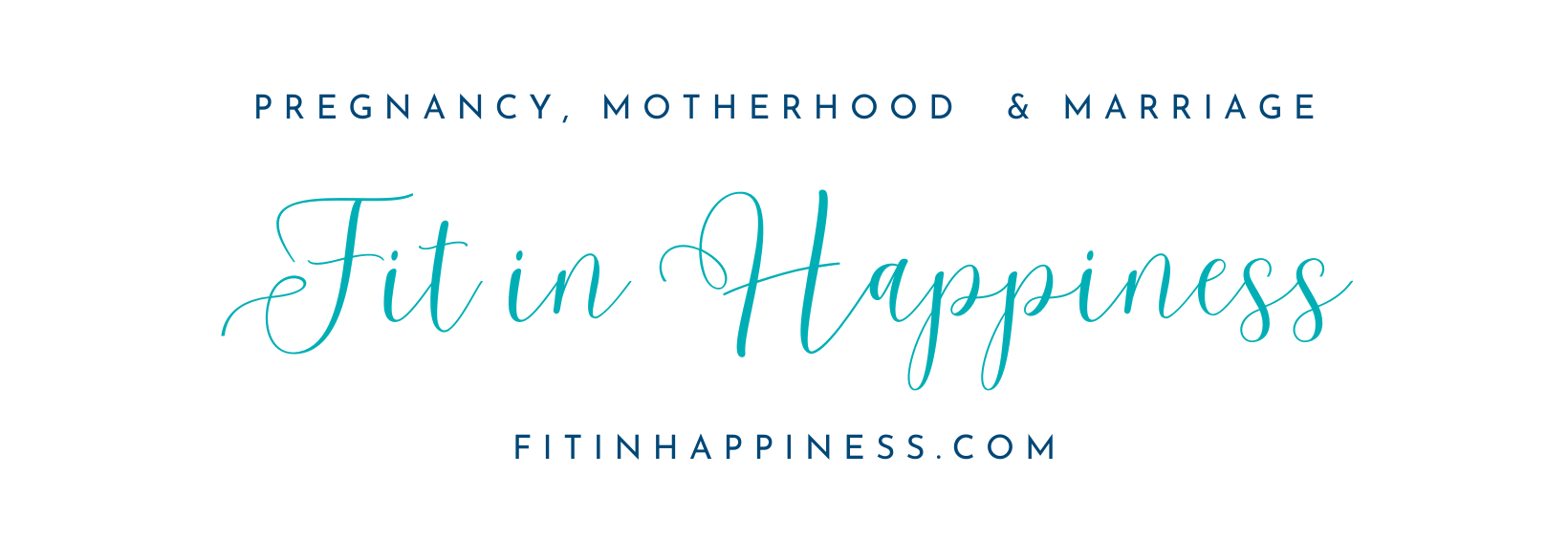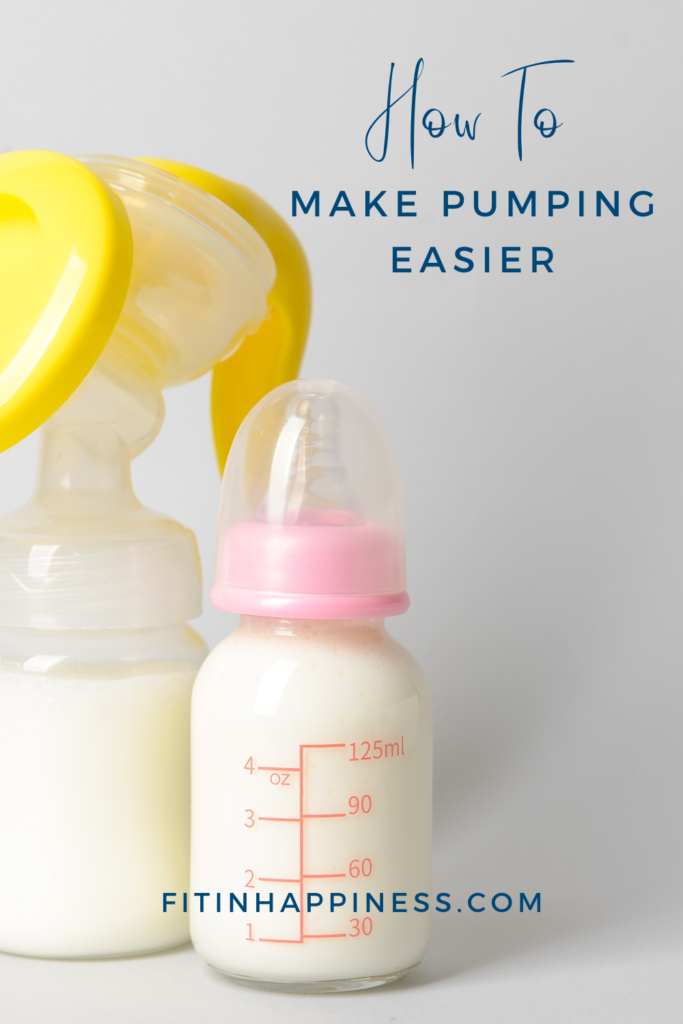If your milk supply is low, it can be frustrating and disappointing not being able to provide everything your baby needs.
I do want to clarify that a healthy, strong baby can remove more milk from the breast than a pump can. This means that what you pump might not be a good indication of how much milk you’re making. A better judge is how your baby responds after nursing. If he/she is satisfied, you’re making enough regardless of how much you pump. If he/she is still hungry after nursing, you might have low supply and the following tips should help.
Here are some ways to boost your milk supply, followed by what worked best for me. Not every method works for everyone. Try out several and you’re bound to find a few that work!
This post contains affiliate links to my favorite items, which means I may earn a small commission if you make a purchase through these links. This is at no extra cost to you. Learn more here.
Tips to Increase your Supply:
Achieve your letdown reflex: Make sure you’re having one (or more!) letdown during every pump session. Make sure you’re relaxed while pumping and try to create a pumping routine. It often helps to think of or look at your baby. I often write blog posts while pumping and that works well for me because that’s my routine.
Check out this post on how to make pumping easier.
Eat old fashioned oats (not instant): I’m honestly not sure why, but something in oats can increase milk supply. Try hot oatmeal, overnight oats, or cookies made with oatmeal – yum! Eating more oats really helped one of my friends boost her supply.
Take care of yourself: As a new mom, this is way easier said than done. Try to get as much sleep as you can, stay hydrated, and eat as well as you can. I love meal prepping some salads then eating them while my son plays on his playmat.
Visit a lactation consultant: Make sure your baby is being effective and efficient at the breast by seeking the guidance of a lactation consultant. Ensuring your baby has a good latch will help make sure you’re emptying your breasts regularly. This in turn, tells your body you need more milk.
Lactation cookies: These ingredients can help increase your supply. I tried and loved Milkmakers’ oatmeal chocolate chip cookies. I personally use homemade oatmeal chocolate and butterscotch chip cookies.
Power pump: To power pump, pump for 20 minutes, take a 10 minute break, pump for another 10 minutes, take another 10 minute break, followed by one more 10 minute pump session. The session takes one hour and can be done daily for a few days. This tricks your body into thinking you have twins.
What Worked Best for Me:
I’m not sure which of these definitely helped since I implemented most of them around the same time. However, my supply increased by an ounce or two per pump after I started the following:
Don’t stress: If we aren’t producing enough it’s easy to stress about it, which can further hurt our supply. If you feel that’s the case (and your baby isn’t getting enough milk), adding in formula can be a big relief and take weight off your shoulders. If you add in formula, make sure you pump every time you give a bottle of formula so your body still knows you need milk at that time.
Increase the suction: I read online that more suction doesn’t help, but one of our lactation consultants said it does, so it’s worth trying. She recommended using 50% suction strength or more. I’d make sure you’re still comfortable though because pain can inhibit your letdown reflex. If you’re uncomfortable when increasing the suction, make sure your flanges are the right size and try nipple butter to ensure your nipples can move smoothly in the flanges.
Correct flange sizes: If your flange is too big, it can pull too much areola into the flange. If your flange is too small your nipples will rub against the wall everytime and create friction. Having the right size flanges reduces pain- pain while pumping can inhibit your letdown reflex, so having the right size flange can increase your milk output.
Nipple butter: Your nipples will be close to the walls, when you get properly sized flanges. Additionally, using a nipple butter or something like olive oil helps them flow in and out easily without any friction.
Nurse more: Assuming your baby is nursing well and emptying the breast, nursing on demand (everytime your baby wants to) tells your body you need more milk.
Pump after breastfeeding: My friend recommended this. She said it worked really well for her. Pumping after breastfeeding is telling your body that you need more milk even after your baby has finished nursing; this tricks your body into thinking you have twins.
You might also be interested in how to stay positive when breastfeeding doesn’t go as planned.
Skin-to-skin: Cuddling your baby while he/she only wears a diaper and you’ve removed your shirt and bra helps release hormones in your body that encourage milk production.
Cut back on formula: Formula can be great and necessary. However, if you’ve gotten the okay from your pediatrician and your baby is nursing well, reducing the amount of formula you give your baby can help boost your milk supply. Everytime you use formula your body doesn’t realize you need more milk, or milk at that time.
Note: If you do use formula, make sure you pump so your body knows you still need (more) milk.
Take moringa: One of our lactation consultants recommended I take moringa capsules. She said these ones have more than enough mg when taken as directed.
Electrolytes: Stay hydrated with Gatorade or coconut water, which also help replenish electrolytes. I drink 10-12oz of Gatorade per day- it’s a nice treat too!
Try lactation drinks: I loved Milkmakers’ berry lemonade lactation drink mix but I’ve also tried Premama’s berry drink mix. Premama’s tastes a little funny. I got used to it after a week or so. Now, I look forward to it as something to drink other than water to stay hydrated.
I hope some of these work for you and help to increase your milk supply!
Share your tips and what worked for you in the comments!








